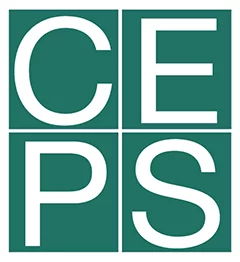While empirical studies have been conducted on the role of JR schemes in mitigating unemployment and bolstering domestic demand, looking at individual countries or a subset of countries, no study – at least to our knowledge – has systematically examined how the design of these schemes impacted their actual take up.
This CEPS In-Depth Analysis study tries to fill this gap by providing a first illustration of how the design of JR protection schemes impacted their use across the EU27 countries, both during the Great Recession and the Covid-19 pandemic. The study finds that take up is significantly affected by each of the following institutional dimensions: scope, the financing system, generosity, and the permanent nature of the scheme. It concludes that any possibility of a ‘SURE 2.0’ cannot come without a reflection on introducing more stringent positive conditions when designing future JR schemes.

Opinion & Analysis
Job retention schemes between the Great Recession and the COVID-19 crises Does the institutional design affect the take up?
Sourced from our Editorial Partner CEPS - Jan 18, 23

